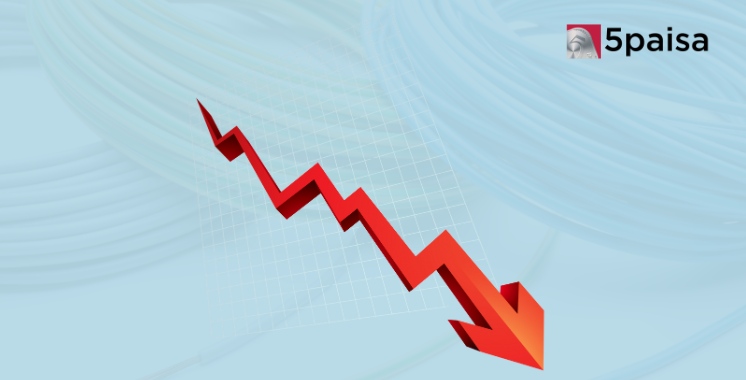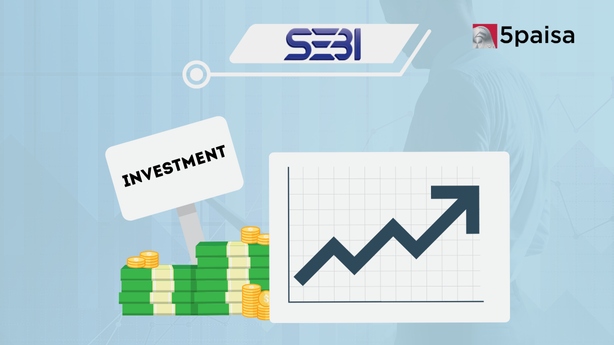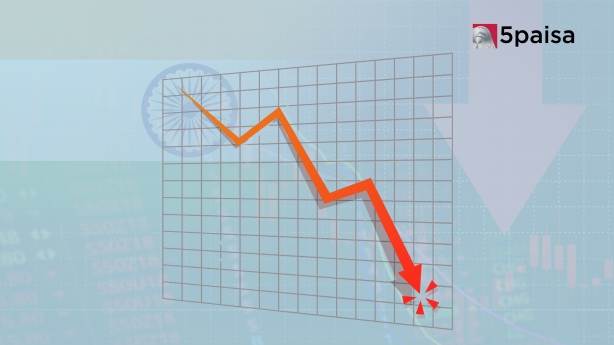Cable and Wire Stocks Decline for Second Session Amid Aditya Birla Group's Market Entry
Sovereign Gold Bond 2023-24 (Tranche II) opens September 11

In June, the government had announced the Sovereign Gold Bond scheme Tranches 1 and 2. The first tranche was open between June 19, 2923 and June 23, 2023 and the gold bonds were issued and allotted on June 27, 2023. The response was phenomenal with valid applications coming in for 77.69 lakh grams of gold at a price of ₹5,926 per gram. This resulted in total mopping up of funds to the tune of ₹4,604 crore in the first tranche of the Sovereign Gold Bonds (SGB) Tranche 1.
This has enthused the government to go ahead with the second tranche opening on September 11, 2023 and closing on September 15, 2023. The issue and allotment of bonds will be done on September 20, 2023. The issue price for the second tranche has been fixed at ₹5,923 per gram, which is marginally lower than the first tranche. However, it must be noted here that to encourage digital transactions, the SGBS offer a discount of ₹50 per gram for digital applications, in which case the effective cost would be ₹5,873 per gram.
About the issue of Sovereign Gold Bonds – Tranche II
The second tranche of the SGBs, like the previous tranches, will be issued by the RBI on behalf of the government of India. However, it must be noted here that the sale of sovereign gold bonds (SGBs) is restricted to resident Indians only. The applicants can be individuals, trusts, universities, HUFs, or charitable institutions. However, NRIs and foreign nationals are not eligible to apply for the sovereign gold bonds.
How will these SGBs be issued. They would be issued officially through Scheduled Commercial banks (SCBs) as specified by the RBI. However, small finance banks (SBFs), regional rural banks (RRBs) and payment banks are not authorized to issue SGBs. In addition, other quasi government intermediary infrastructure institutions like the Stock Holding Corporation of India Limited (SHCIL) and the Clearing Corporation of India Limited (CCIL) can also issue these SGBs. These SGBs can also be purchased via designated post offices, and through recognised stock exchanges. So, if you have a trading account with a broker on the NSE or BSE, you can buy these bonds online, directly into your demat account.
Will the SGBs be denominated in gold or in rupees?
That is an interesting point. It must be remembered here that the SGBs issued by the RBI on behalf of the Government of India will be denominated in multiples of gram(s) of gold with a basic unit of One gram. That means, investors after completing their PAN based KYC, can buy a minimum of 1 gram of gold through any of the intermediaries. There are also upper limits on a fiscal year basis. Individuals cannot invest more than 4 Kg in a year, although multiple family members can invest up to 4 Kg each. This limit is enhanced to 20 KG in case of trusts.
There is an interesting point to note here. The limit of 4 Kg for individual, 4 Kg for HUFs and 20 Kg for trusts is for the fiscal year (April-March). How is this tracked? As per the government notification, there is a need to furnish a self-declaration to this effect by the investors at the time of making an application for subscription. The annual ceiling includes SGBs subscribed under different tranches, including those bought in secondary markets. In the case of joint holding, the investment limit of 4 Kg applies to the first applicant only.
Tenure and pricing of Sovereign Gold Bonds (SGBs)
The sovereign gold bonds (SGB) Tranche II will have a maturity period of 8 years. However, they will be listed after 6 months, so secondary market exit option will be there subject to available liquidity. In addition, at the end of the fifth, sixth and seventh year, the government (through RBI) offers redemption option at fixed prices based on the prevailing price of gold. The issue price and the redemption price are typically fixed on the basis of simple average of closing price of gold of 999 purity, published by the India Bullion and Jewellers Association Limited (IBJA) for last 3 working days of the week preceding the subscription period.
The latest issue of SGBs has been priced at ₹5,923 per gram with an additional discount of ₹50 for digital applications, taking the total cost down to ₹5,873 per gram. Investors can pay up to ₹20,000 in cash, but anything above that has to be made only by cheque, demand draft or online payment modes where there is a bank audit trail available. The SGBs will be issued as Government of India Stock under the Government Securities Act, 2006. The investors will be issued a Certificate of Holding for the same and these certificates are eligible for conversion into demat form also.
Indicative Returns on the sovereign gold bonds (SGBs)
There are two types of returns that will be earned by investors on their investment in sovereign gold bonds.
- Sovereign gold bonds are eligible to receive assured interest of 2.5% of the face value of the bond per year and this interest will be paid out half yearly to the investors. These rates may change from time to time based on the prevailing interest rates. This return is guaranteed by the government of India.
- On the capital gains front, it is entirely dependent on the price movement of gold during the holding period. If the price moves up, it results in capital gains, but if the price goes down, it can also technically result in capital losses. This return is not assured. The only thing that the government assures is the holding in grams of gold. What you realize on redemption will be based on the prevailing price of gold per gram at that point of time.
How are sovereign bonds taxed in the hands of the investor?
The taxation of interest is fairly straight forward. It is treated as other income and taxed at the incremental tax rate applicable to you. For instance, if you are in the 30% tax bracket then then the interest amount will be taxed at that rate, plus surcharge and cess, if any. However, the taxation of capital gains and capital losses is more nuanced. Here is what you need to know.
- If the SGBs are sold in the secondary market before the completion of 3 years, it will be classified as short term capital gains (STCG) and taxed at the peak rate or incremental rate of tax applicable.
- If the SGBs are sold in the secondary markets after 3 years or if the investors use the redemption window at the end of 5 years, 6 years, or 7 years, then it will be treated as long term capital gains (LTCG) and taxed at 20% tax with the benefit of indexation.
- However, if the bonds are held for the full tenure of 8 years, then the capital gains are entirely tax-free in the hands of the investor, irrespective of the quantum of capital gains earned by the investor.
- What if there are capital losses. These can be either adjusted against capital gains or it can be carried forwards for a period of 8 years excluding the year in which the capital losses arise. This can reduce your effective tax liability.
The sovereign gold bonds (SGBs) offer a unique way of investing in gold without the hassles of physical holding. The Second tranche of FY24 is open from September 11, 2023 to September 15, 2023; both days inclusive.
- Flat ₹20 Brokerage
- Next-gen Trading
- Advance Charting
- Actionable Ideas
Trending on 5paisa
02
 5paisa Research Team
5paisa Research Team
03
 5paisa Research Team
5paisa Research Team
04
 5paisa Research Team
5paisa Research Team
Indian Market Related Articles
Disclaimer: Investment in securities market are subject to market risks, read all the related documents carefully before investing. For detailed disclaimer please Click here.




